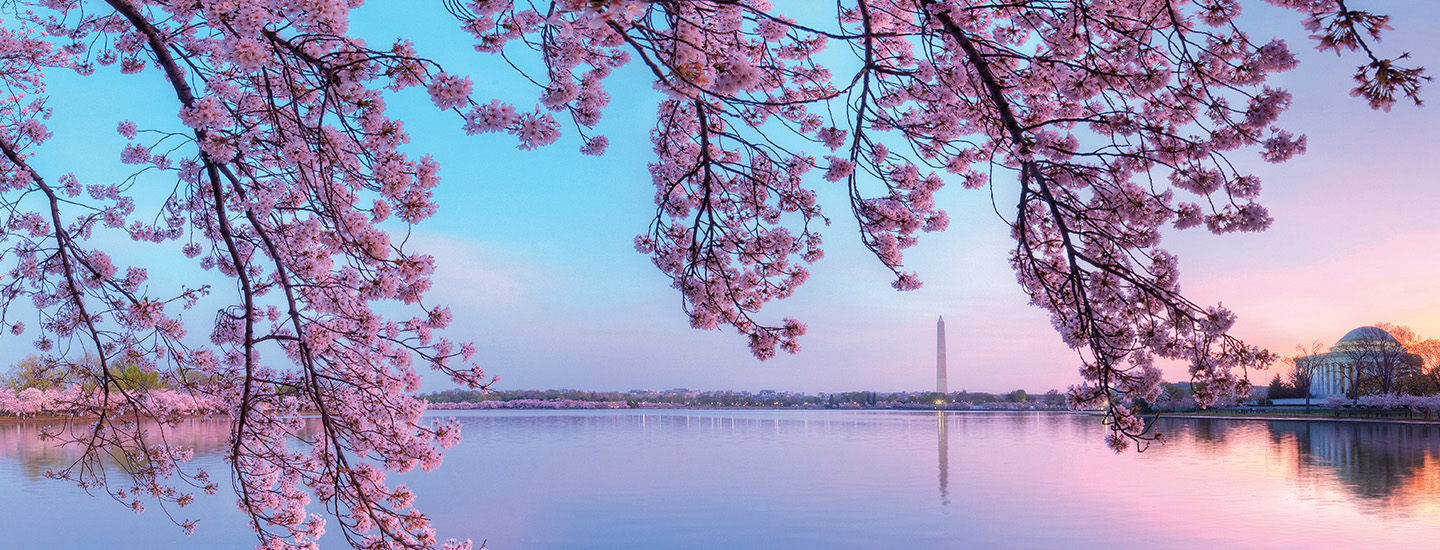Each spring, more than 1.5 million visitors head to Washington, D.C., for the National Cherry Blossom Festival to see the pink-and-white flowers on display. In recent years, however, festivalgoers have shown up earlier than ever before. It’s not because people are impatient—it’s the flowers that are ahead of schedule. The more than 3,000 trees along the National Mall’s Tidal Basin are reaching peak bloom five days earlier on average than they did decades ago.
The shifting timeline isn’t unique to the cherry trees in the nation’s capital. One study that looked at more than 120 flowering plant species in Colorado found that they are blooming earlier than ever. It’s the same in many places: Earlier blooms are happening in forests, mountains, deserts, and plains. Scientists say that these changes— along with earlier snowmelts—are key indicators of climate change, as global temperatures tick upward. “When it’s warmer, flowers bloom earlier in the spring and in the summer,” says Paul CaraDonna, a conservation scientist who worked on the Colorado study.
The National Cherry Blossom Festival takes place each spring in Washington, D.C. More than 1.5 million people go to it. The trees are covered in pink and white flowers. Visitors show up earlier and earlier each year. It’s not because they’re impatient. The 3,000 trees along the National Mall’s Tidal Basin are blooming earlier. They’re reaching peak bloom about five days earlier than they did decades ago.
Cherry trees in the nation’s capital aren’t the only plants blooming early. One study looked at more than 120 flowering plant species in Colorado. The study found that the flowers are blooming earlier than ever. It’s the same in many other places. Flowers are blooming early in forests, mountains, deserts, and plains. Scientists say that the early blooming is a sign of climate change. Higher temperatures cause snow to melt and flowers to bloom earlier. “When it’s warmer, flowers bloom earlier in the spring and in the summer,” says Paul CaraDonna. He’s a conservation scientist who worked on the Colorado study.

